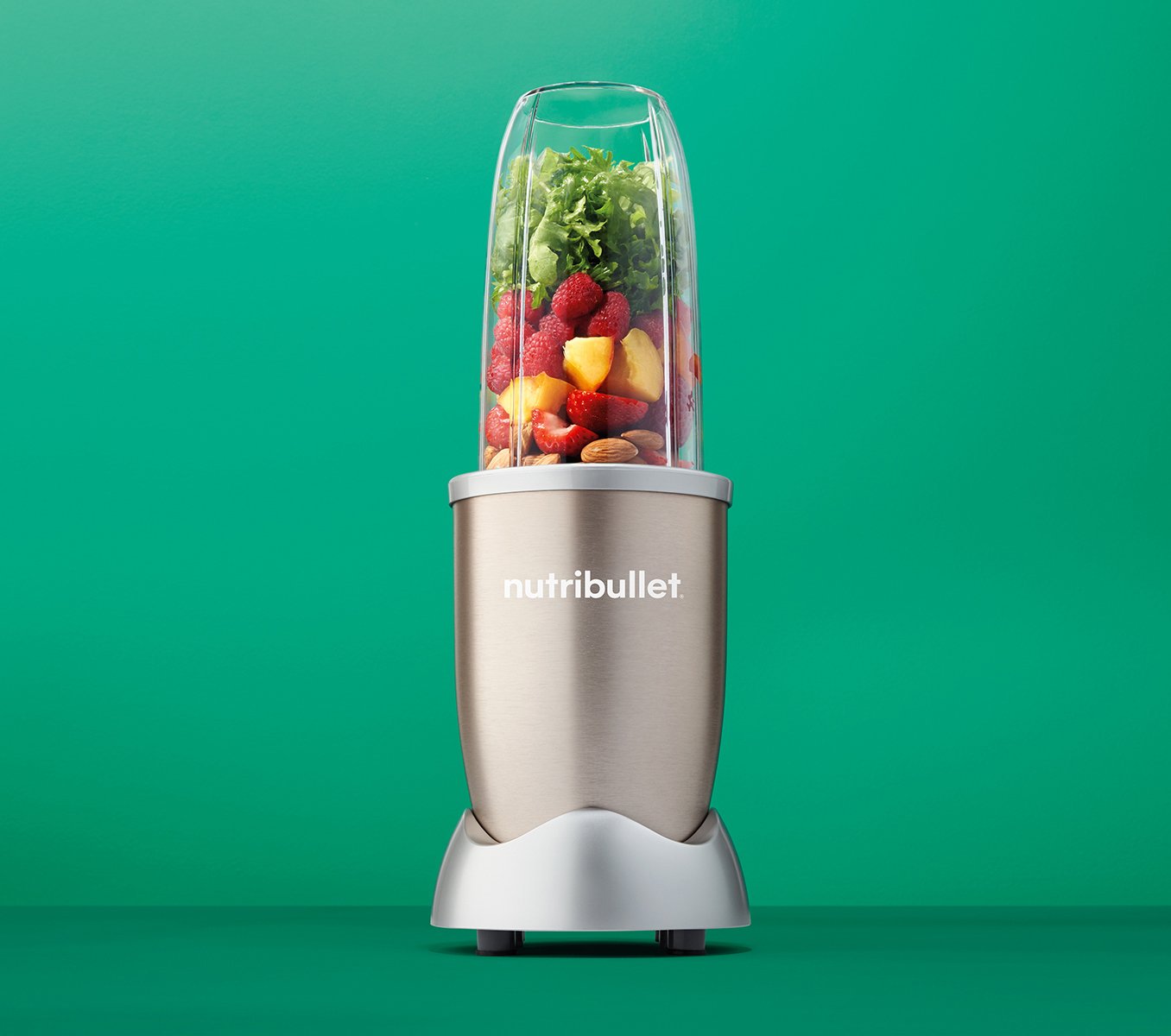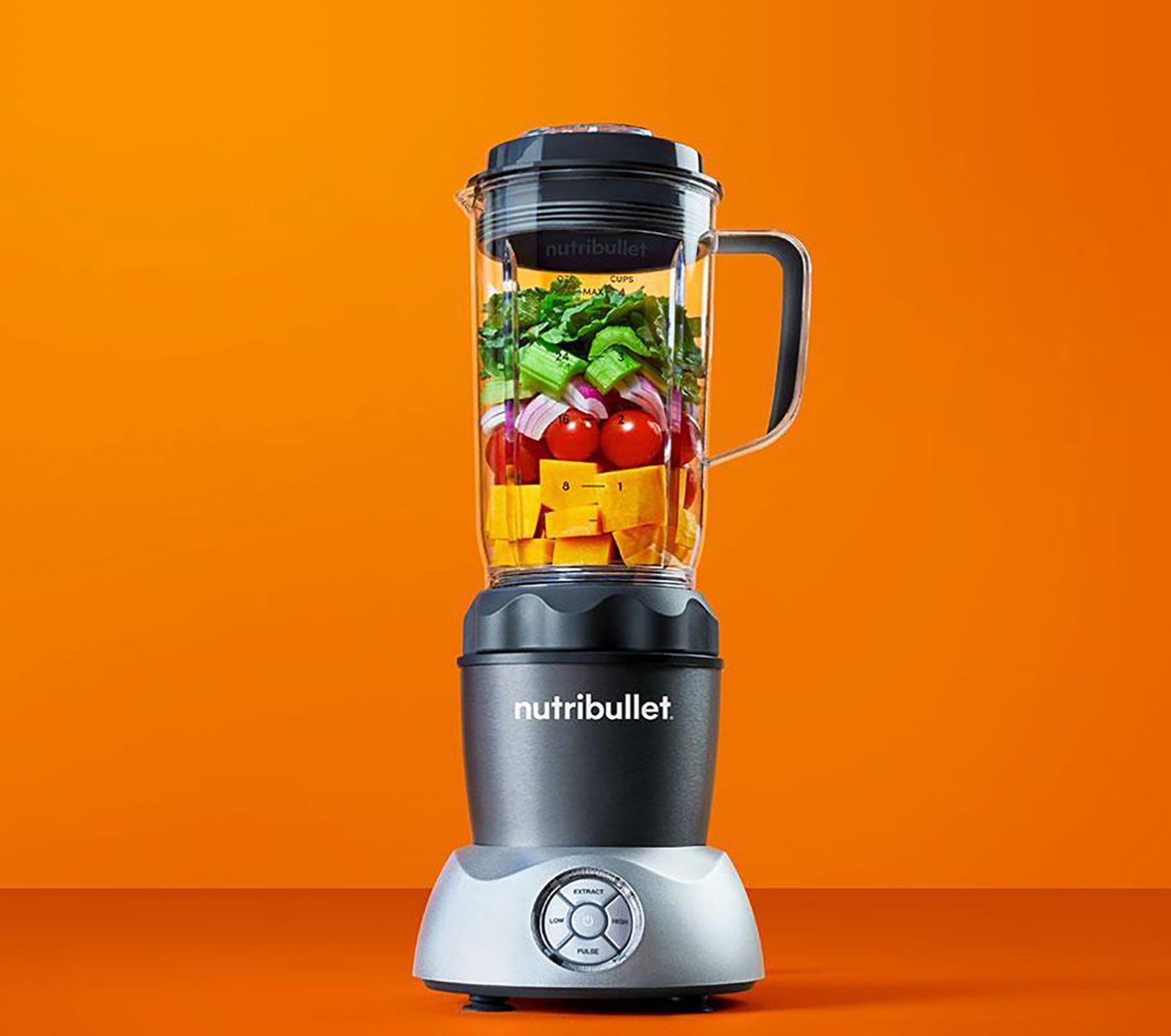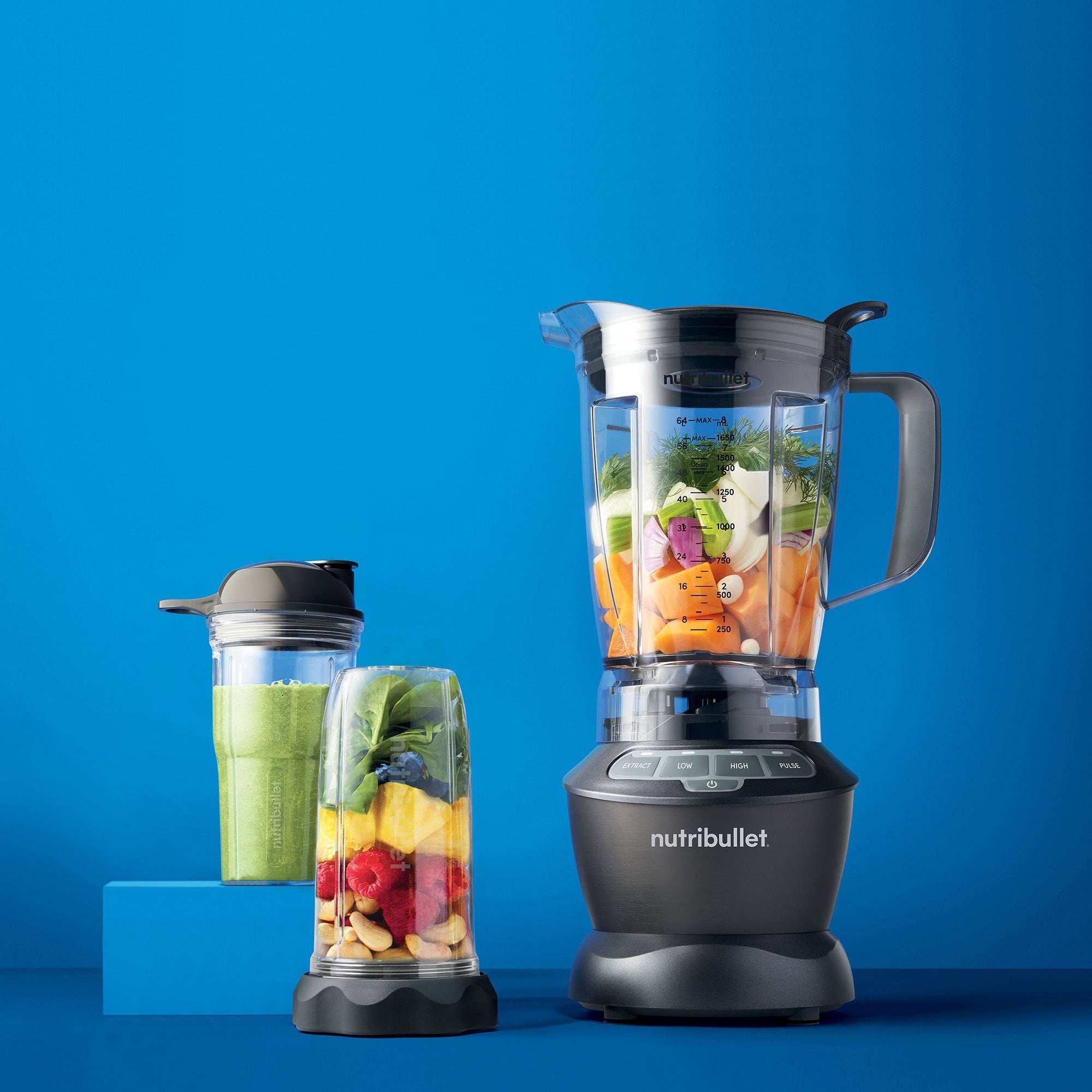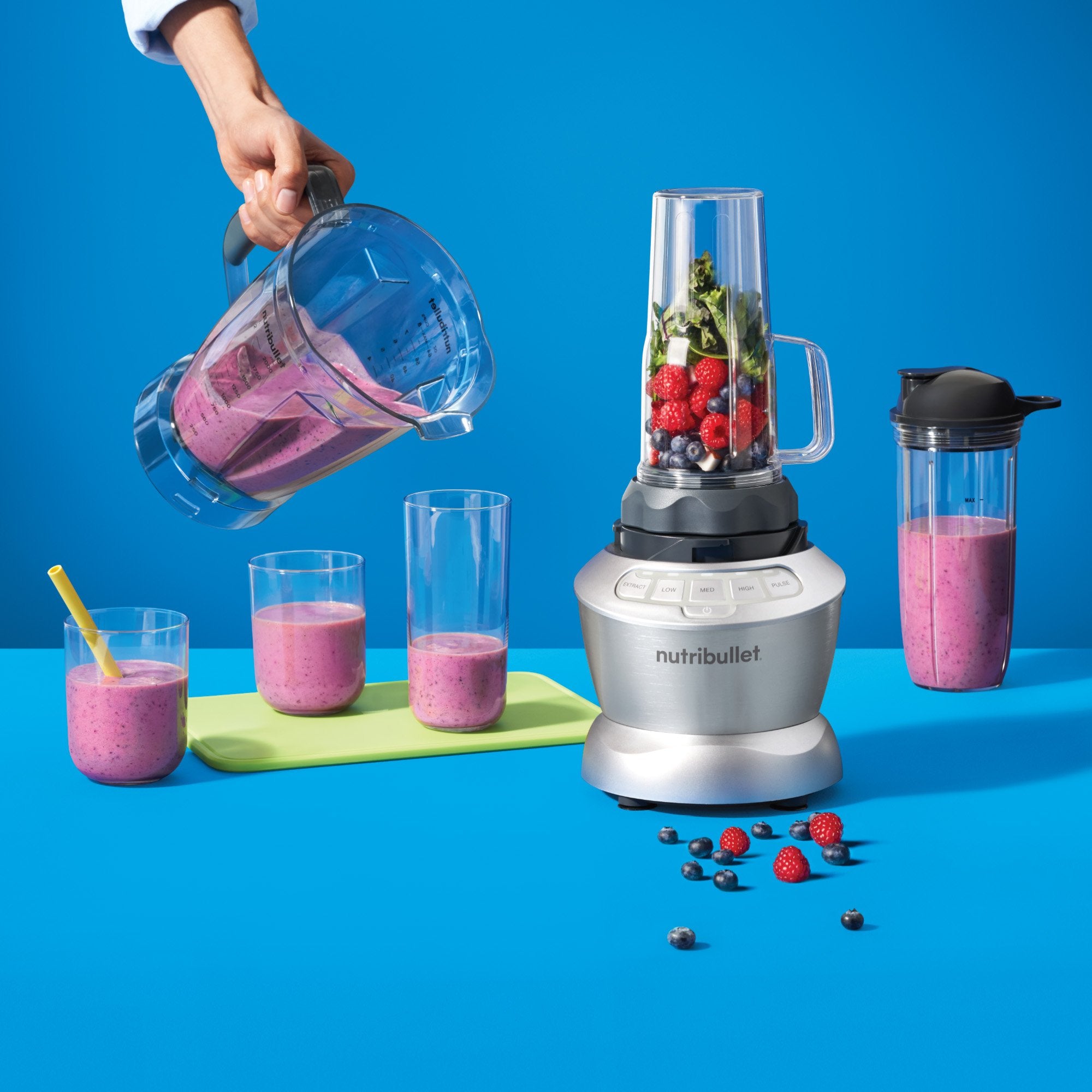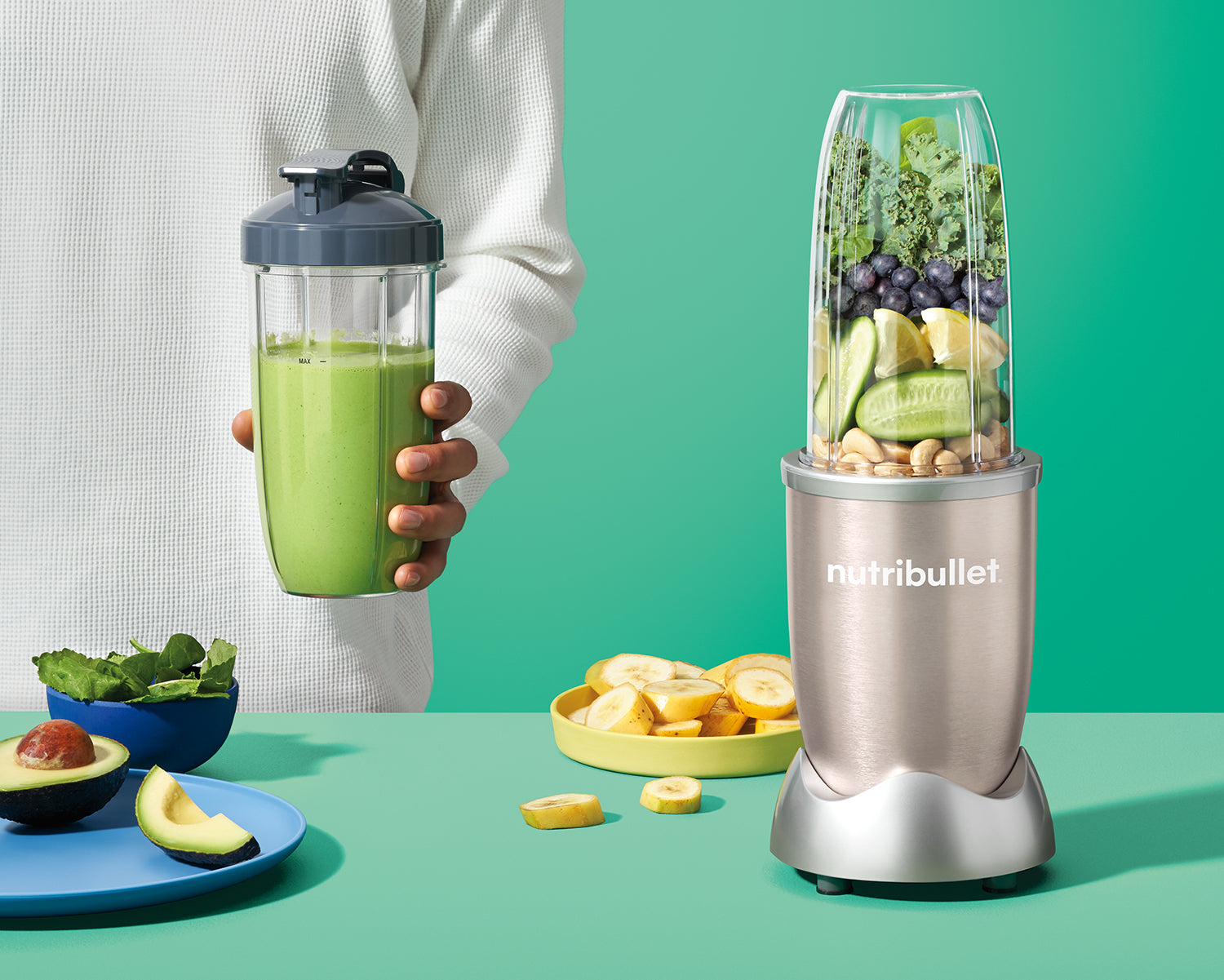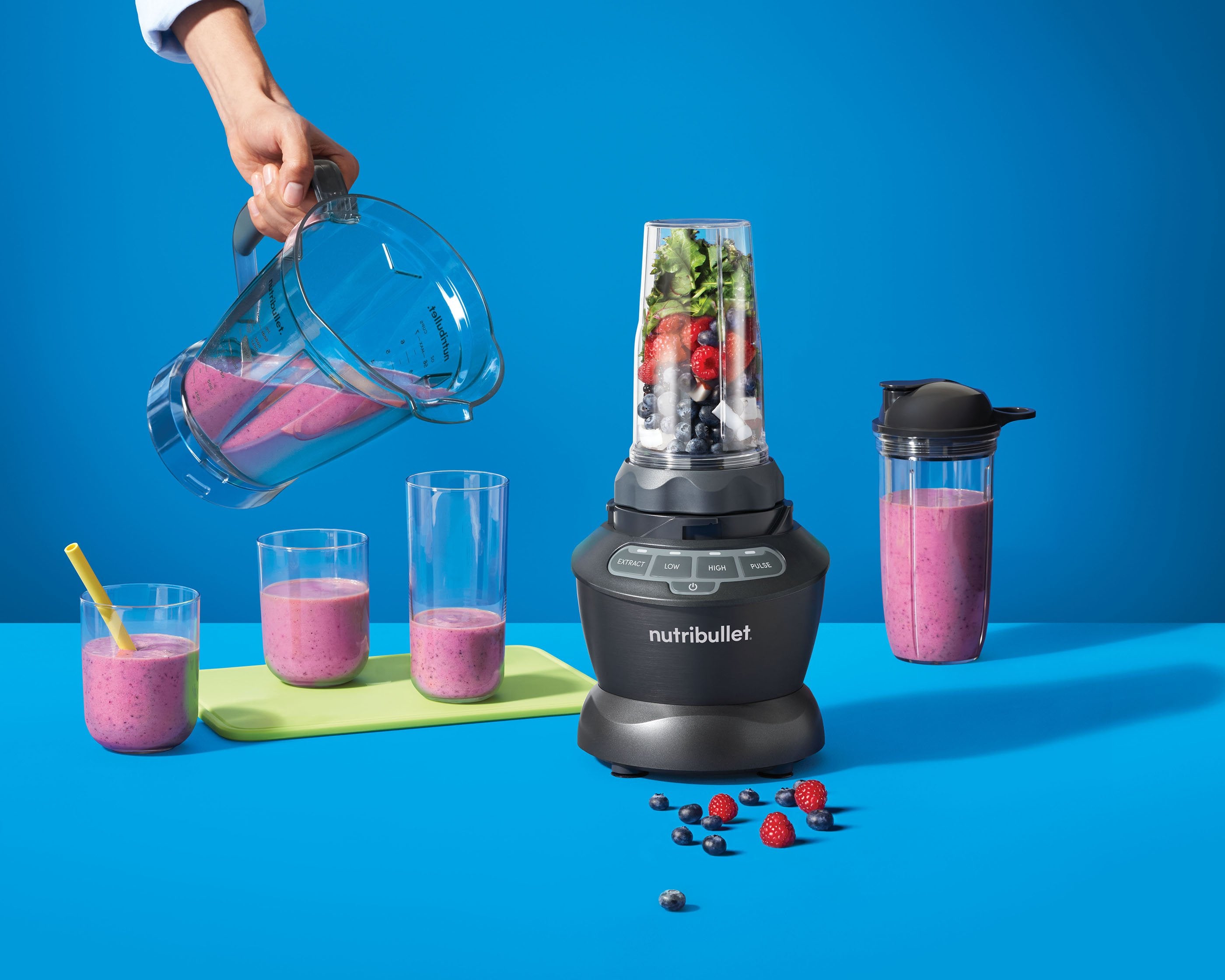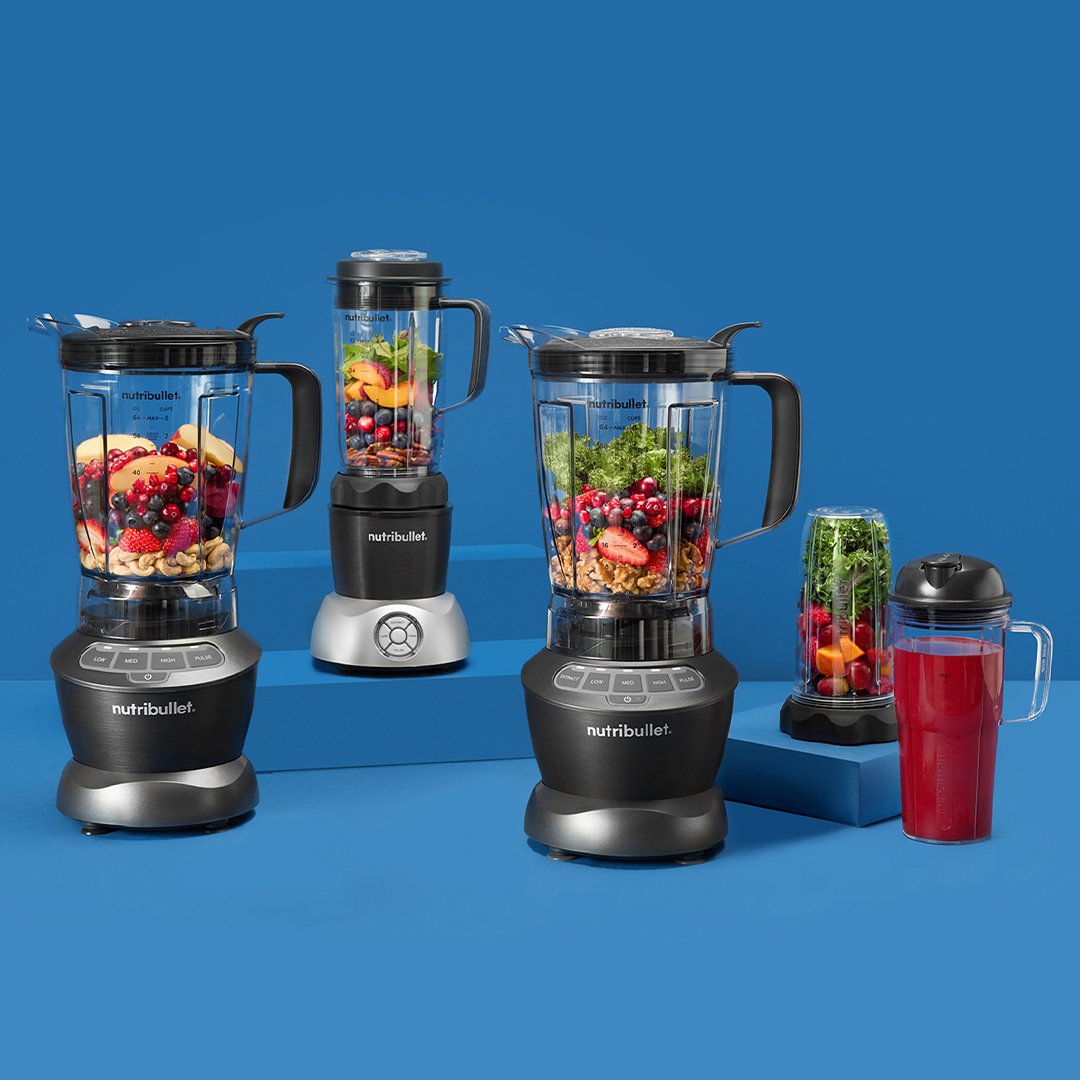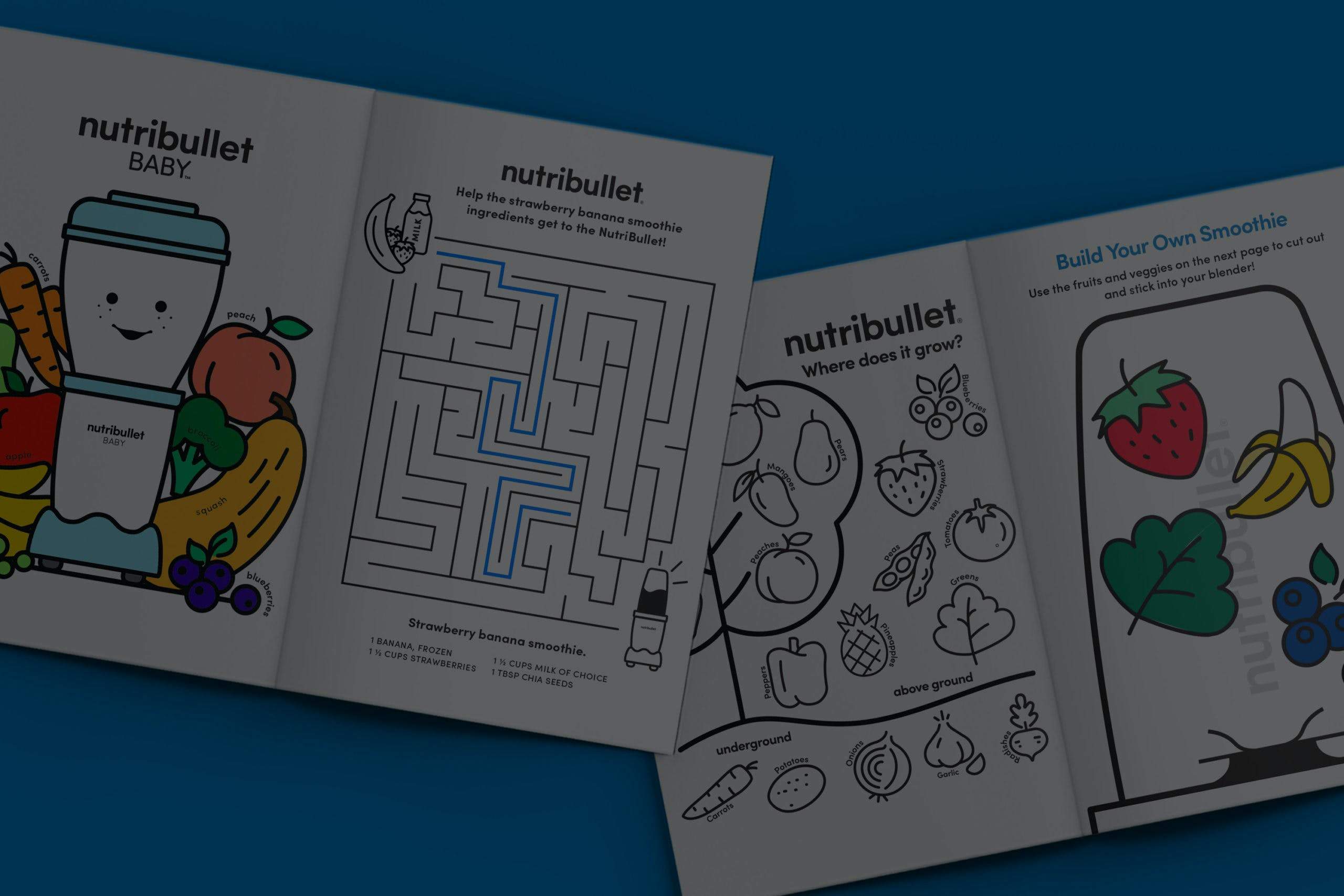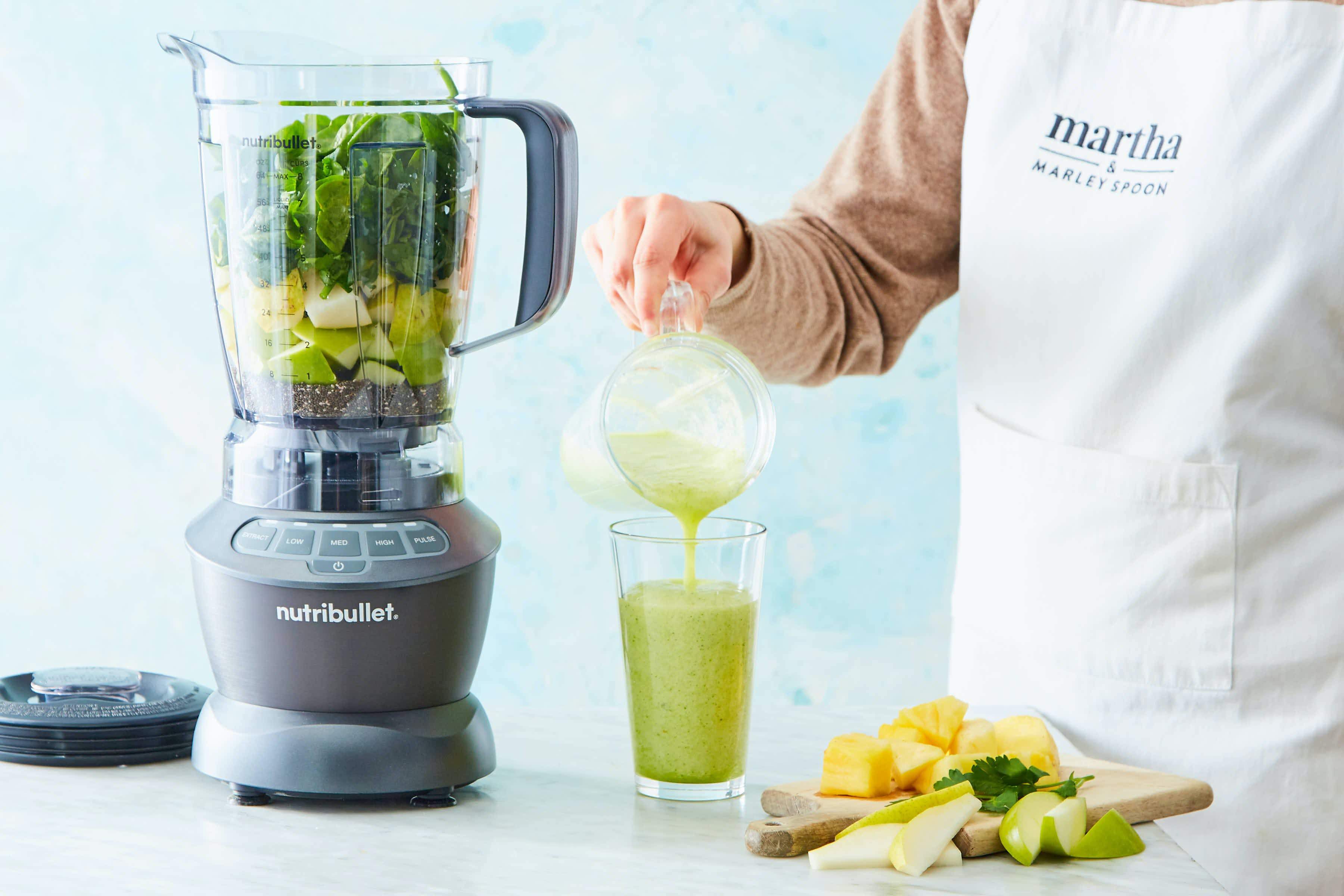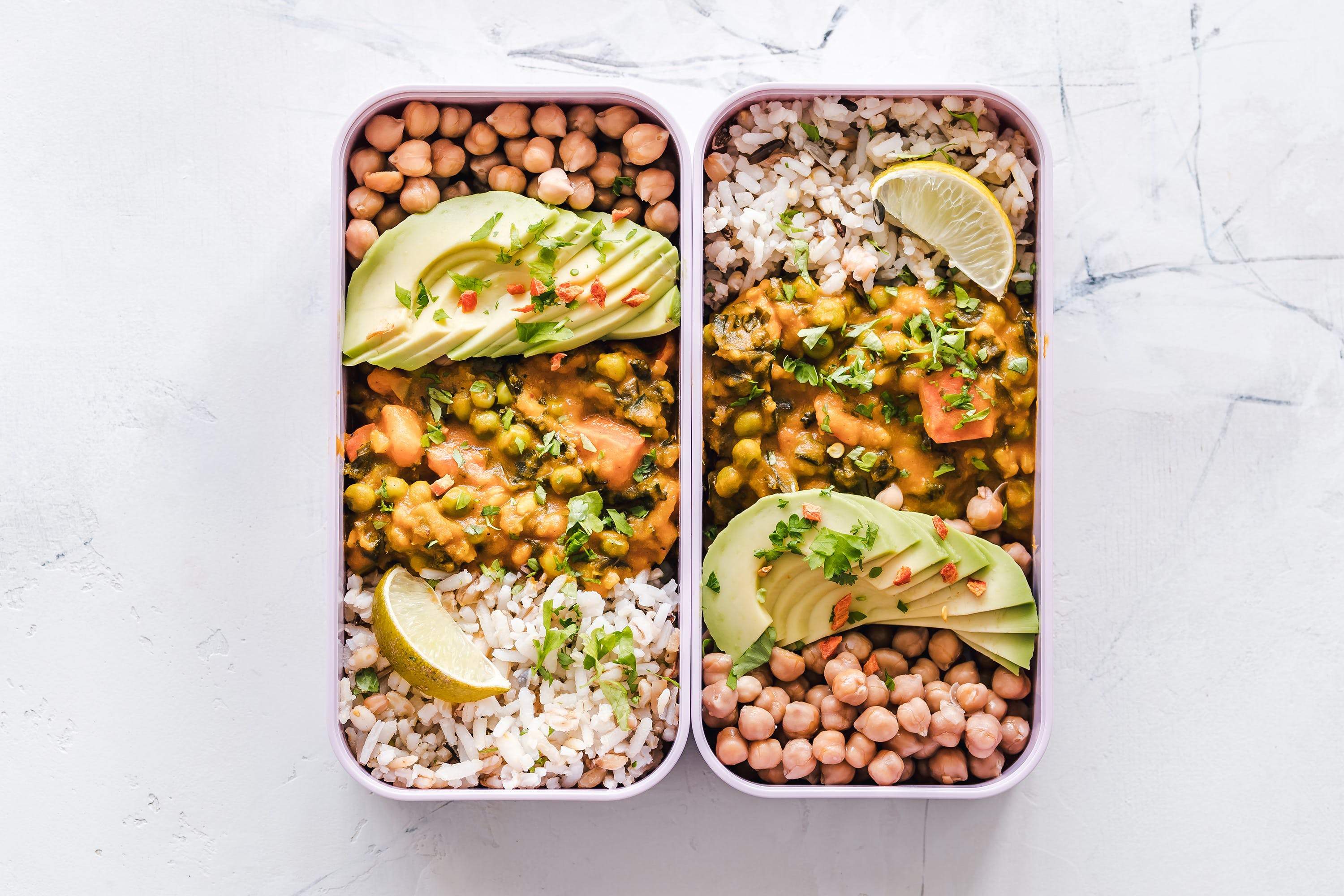Summertime and the livin’ is easy. Fresh produce is hitting its stride and with so much fruit that’s ripe for the picking, it’s hard not to go overboard. Rich in fiber, phytonutrients, and antioxidants, these mouth-watering seasonal favorites are also packed with notable amounts of sugar – enough to interfere with diet and weight-loss goals, as well as mess with blood sugar levels if you’re not paying attention.
While I do encourage everyone to eat fruit as part of a healthy, whole-food, and predominantly plant-based diet, remember that fruit isn’t necessarily a sugar hall pass. What you eat matters, as does the quantity and quality. So, to savor the fruits of summer (and beyond) smartly, manage your dose and keep the following thoughts in mind:
1. Eat Whole, Actual, Real, Unadulterated Fruit
Nature makes fruit healthy. Processing it makes it anything but. Supermarket staples like Fruit Roll-Ups, fruit juice, and fruit ‘flavored’ treats are, at best, nutritionally useless, and at worst, disease-triggering sugar bombs.
The big problem is that with processing, valuable nutrients and fiber are lost, and lots of sugar is added, so most of the benefits you’d hope to extract from these faux fruit foods are simply no longer there.
2. Dried Fruit Is Processed Fruit
It’s a similar situation with most dried fruits – they lose much of their vitamin content in the dehydrating process and also gain a lot of added sugar to boot. And that shine you often see on dried fruit that makes it look moist? That’s usually a dusting of questionable vegetable oil ‘blends’ and sulfites to help maintain color and to prevent clumping. Um, no thanks.
If you must eat dried fruit, look for unsweetened, sulfite-free, organic or local versions, and go easy on ‘em. Add a few unsweetened, organic cranberries to your morning smoothie or a few goji berries or raisins to top off salads. Think garnish, not fistfuls.
3. Beef Up Your Berries
Berries should be your new BFF, as in your best fruit friend. They’re the total package – little sugar, lots of fiber, a nice dollop of vitamins and antioxidants, plus they taste great. You might even think of them as nature’s candy.
To up your daily berry intake, keep a container of blueberries and/or raspberries with you at the office and dig in as needed. Pleasant side effects include feeling mighty virtuous for making such a wise nutritional choice and love-bombing your body with nutrients, instead of sugar and chemicals.
4. Do High-Low Combos
A fruit salad with watermelon, pineapple, kiwi, mango and cherries is going to be a way-too-sweet one, with more sugar than you need. Instead, take the sweetness down a notch by balancing fruits salads with combinations of low sugar fruits and higher ones.
For example, try my favorite combination: ¾ cup of blueberries, blackberries, and raspberries with ¼ cup of cherries and strawberries.
Also, if you’re frequently stepping up to the smoothie bar, tell your barista to always omit fruit juice from your blend.
5. Choose Your Fruits Wisely
When it comes to fruit, the wider the range you eat, the broader your nutrient intake will be – and that’s a good thing as long as you don’t go hog wild on the super-sweet ones.
When shopping, bring along a copy of the Environmental Working Group’s Shoppers Guide. It identifies 50 fruits and veggies and ranks them in order from the most pesticides to the fewest so you can make informed purchasing decisions on organic versus conventionally grown produce.
6. Know the Sugar Highs and Lows
This is by no means a comprehensive list, but here are a few of the widely available fruits (virtually year-round) that are high in sugar — seasonal treats — and my favorite go-to low-sugar options:
- The high guys. They’re often the ones we think of as being the more festively colored, tropical ones, such as lychees, kiwis, mangos, oranges, nectarines, watermelon, bananas, grapes, and figs. Think of these guys as special treats, so don’t eat them every day – once a week is fine.
- The low bros. Blueberries, blackberries, gooseberries, raspberries, strawberries, cranberries, as well as avocados, lemons, limes, and grapefruits. Make eating a daily, half-to-1-cup serving of berries a tasty and healthy habit.
- The average Joes. Good for you and satisfying for your sweet tooth – apples, guavas, plums, peaches, papayas, cantaloupe, and melons. Two or three times a week is plenty.
How many fruits you can or should eat daily is also determined by how well you metabolize carbs or if you are insulin resistant. If you don’t metabolize carbs well or if you’re insulin resistant, I recommend eating less fruit and trying to stick to the low sugar fruits as much as possible. Now that you know the dos and don’ts when eating fruits, get out there and enjoy some of nature’s nutritious candy!
Nutritional information
Recipe: Creamy Green Strawberry Dream Serving in this recipe:1
- Calories: 236.6
- Total Fat: 3.6 g 5.5%
- Saturated Fat: 0.4 g 1.9%
- Cholesterol: 0 mg 0%
- Sodium: 358.7 mg 14.9%
- Total Carbs: 45.7 g 15.2%
- Dietary Fiber: 9.9 g 39.4%
- Sugar: 22.1 g
- Protein: 8.1 g 16.2%
- Vitamin A: 481.9% Vitamin C: 244.1%
- Calcium: 68.5% Iron: 26.1%
* Percent Daily Values are based on a 2,000 calorie diet. Your daily values may be higher or lower depending on your calorie needs.

